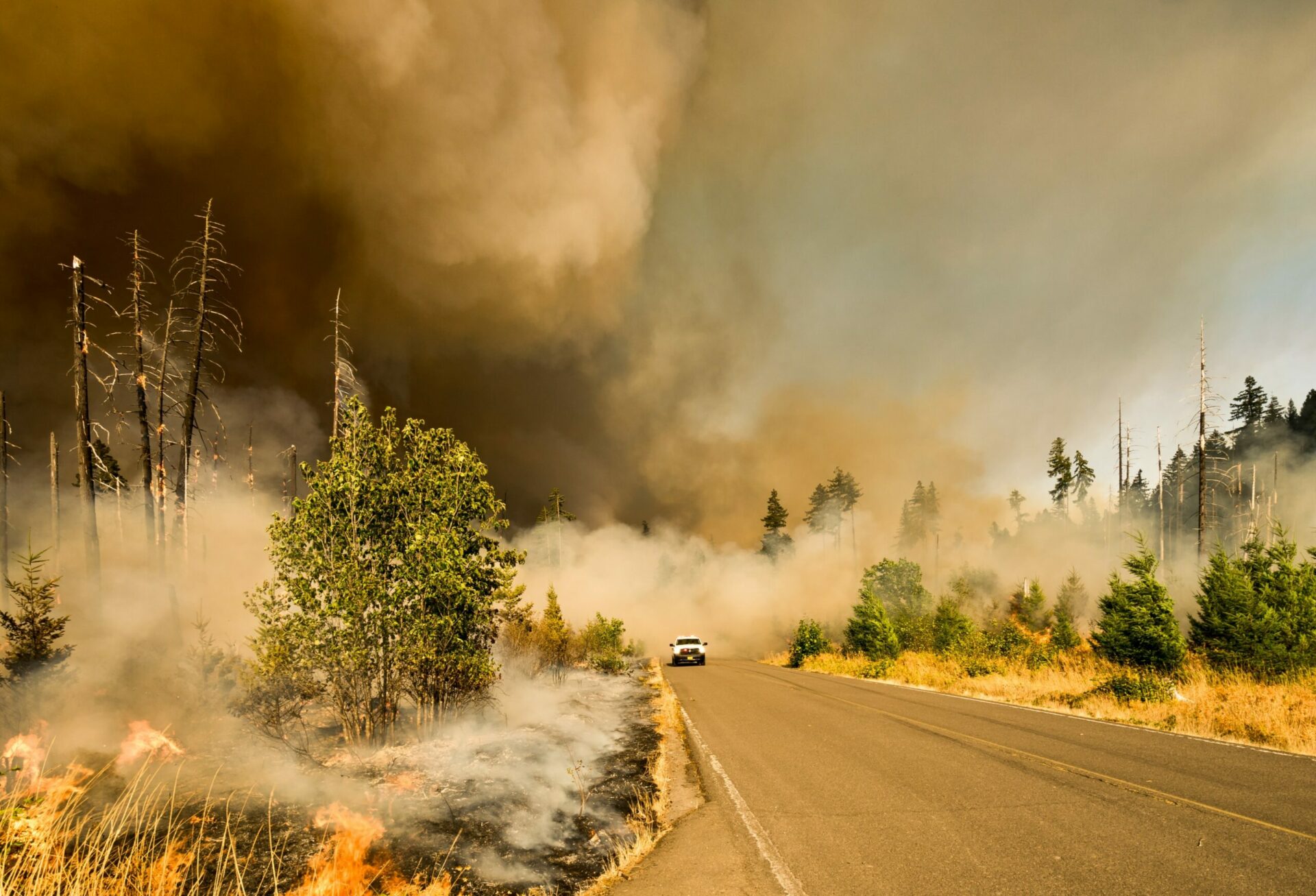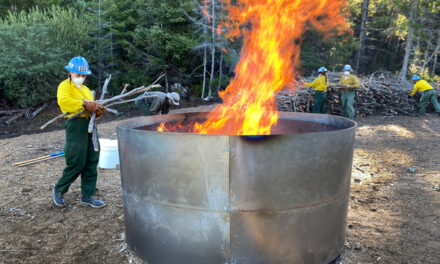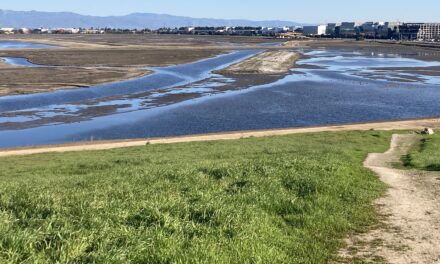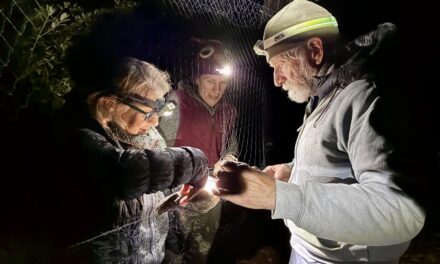Fast-Forward Fire
Over the past few years, California residents have had a front row seat to the effects of climate change. Seasonal wildfires are a fact of life here on the West Coast, but hot and dry conditions are turning them into catastrophic megafires: the seven largest fires in California history have all happened in the past five years.
A new study, published last month in Nature, substantiates these findings. Using machine learning, the Breakthrough Institute in Berkeley calculated that climate change has increased the risk of fast-spreading fires by 25% on average. Of the 18,000 California fires that occurred in 2003 to 2020, about 380 included a day where they grew by 10,000 acres – and most (though not all) of these extreme fires were exacerbated by human-caused climate change. There are critical thresholds that govern fire spread, and climate change carries the risk of tipping an otherwise humdrum fire into a veritable conflagration.
More specifically, the study states that climate change leads to hotter air and lower vapor pressure, which sucks the moisture out of plant matter and turns it into a highly flammable tinder. The Nature study corroborates earlier research: a 2019 analysis of fire data states that vapor pressure deficit (a metric of how much liquid the atmosphere pulls out of burnable material) is exponentially related to summer fire risk, and is “the clearest link between anthropogenic climate change and increased California wildfire activity to date.”
Some bad news: the Breakthrough Institute study found that even if global emissions are reduced quickly and decisively, global temperatures and fire risk will continue to rise. Without careful mitigation, the number of fast-growing fires could almost double by the end of the century. On the bright side, however, the study’s lead author Patrick Brown says that this risk can be almost entirely offset by careful fire management.
Though it’s too late to reverse climate change, fire experts agree that strategies like prescribed fire are effective in reducing spread. And it’s important to remember that humans affect fire risk directly: 80% of all U.S. fires are ignited by humans, and human homes in wildfire areas often act as fire fuel. Max Moritz, a fire expert at UC Santa Barbara, claims that zoning laws to reduce housing density could be a key lever in mitigating fire damage: “The strength of housing density on fire activity rivals the strength of climate variables in some parts of California. We have to be more holistic in our understanding of risk – to look at the human side as well.”
Other Recent Posts
Martinez Residents Want More Than Apologies — They Want Protection
After a 2022 release of toxic dust and a February 2025 fire, people in the northeast Bay town are tired of waiting for safety improvements.
Weaving Fire Protection Out Of What’s Already There
A new Greenbelt Alliance report shows how existing vineyards, grasslands, and managed forests can slow wildfire and save vulnerable homes.
Fall Plantings Build Pollinator Habitats in Concord
Community groups, climate advocates and a church are coming together to plant pollinator gardens as monarchs, bees see population declines.
Newark Needs Housing, But Could Shoreline Serve A Higher Purpose?
The Bay Area needs more affordable housing, but would 196-homes or a buffer against sea level serve local needs better in the years ahead?
Learning the Art of Burning to Prevent Wildfire
In Santa Rosa’s Pepperwood Preserve, volunteers are learning how controlled fires can clear out natural wildfire fuel before it can spark.
Who Will Inherit the Estuary? Training for a Rough Future
The six-month program teaches students aged 17 -24 about the challenges facing communities around the SF Estuary, from Stockton to East Palo Alto.
Split Verdict Over State of the Estuary
Habitat restoration and pollution regulations are holding the Bay steady, but the Delta is losing some of its ecological diversity, says SF Estuary Partnership scorecard.
Volunteers Catch and Release Tiny Owls For Science
In Santa Rosa, citizen scientists capture northern saw-whet owls to help further research on climate impacts to the bird.
Antioch Desalination Plant Could Boost Local Water Supply
The $120 million plant opened this fall and treats 8 million gallons of brackish water a day, 75% of which is drinkable.
How Cities Can Make AI Infrastructure Green
Data centers fueling AI can suck up massive amounts of energy, water and land, but local policies can mitigate the impact.










